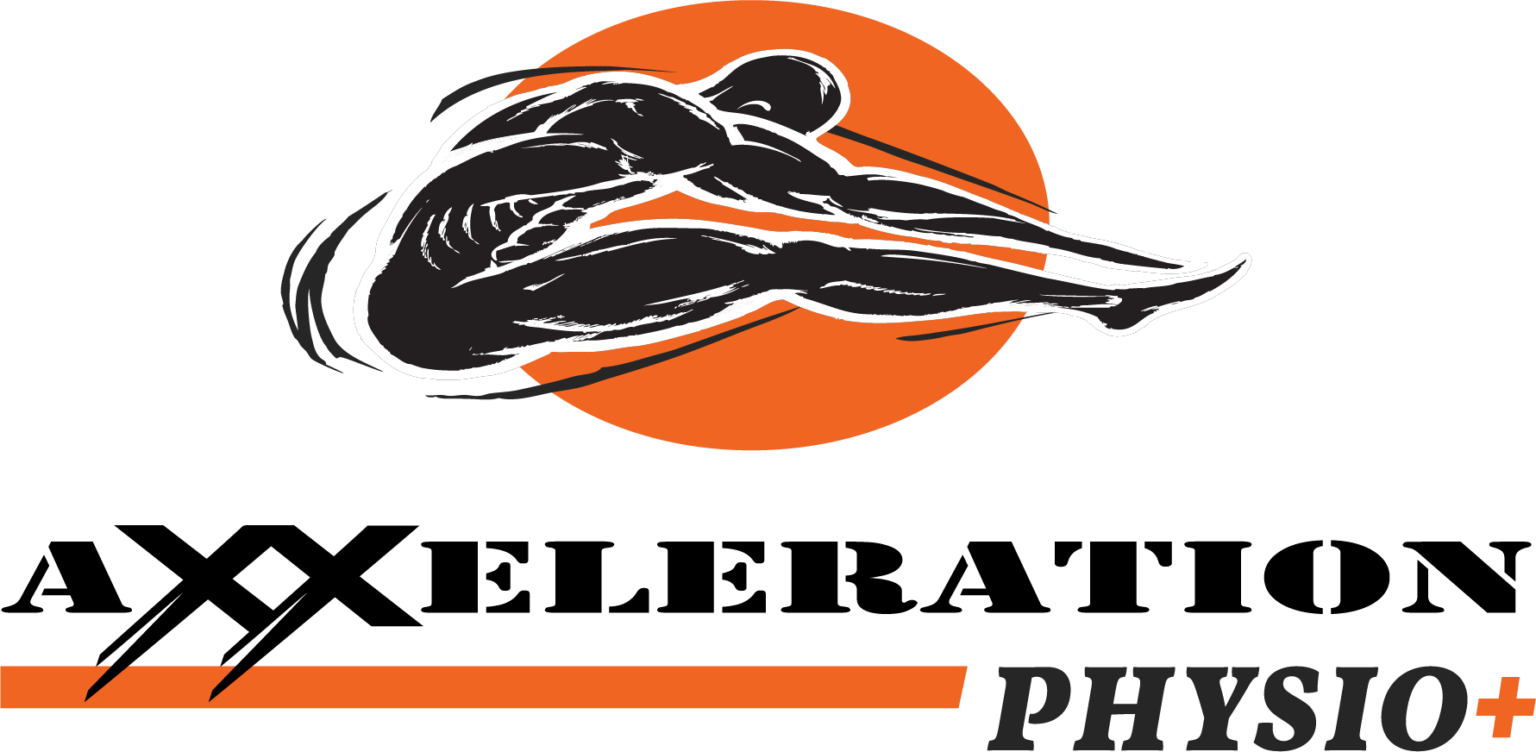Pelvic floor physiotherapy is a specialized area of care focused on assessing and treating a range of conditions to enhance pelvic health. Your pelvic floor plays a crucial role in supporting overall well-being, with three main functions:
- Spinal and Pelvic Stability: It works with your deep abdominals to stabilize the spine and pelvis.
- Support for Key Organs: It helps support the bladder, rectum, and uterus, preventing prolapse and incontinence, and provides resistance to pressure during activities like coughing or lifting heavy objects.
- Sexual Health: It plays a role in sexual function and well-being.
If you’re dealing with any of the following concerns, pelvic floor physiotherapy can help improve your quality of life:
- Stress Urinary Incontinence: Effectively manage involuntary leakage during activities such as sneezing, coughing, or physical exertion.
- Urge Urinary Incontinence: Reclaim control over sudden, urgent urges to use the bathroom.
- Increased Urinary Frequency or Urgency: Minimize frequent bathroom visits and restore bladder control.
- Nocturia: Enjoy uninterrupted sleep without the need for nighttime bathroom trips.
- Sexual Dysfunction: Enhance intimacy and improve sexual health and satisfaction.
- Constipation and Straining: Alleviate bowel discomfort and promote healthy digestive function.
- Pelvic Organ Prolapse: Effectively manage the descent of pelvic organs such as the bladder, uterus, rectum, or urethra.
- Coccyx Pain: Relieve discomfort and improve mobility and daily comfort.
- Diastasis Recti: Rebuild core strength and stability following childbirth or abdominal surgery.
- Pregnancy and Postpartum Support: Address and recover from pelvic floor concerns related to pregnancy and childbirth.
Pelvic floor physiotherapy can have a powerful impact on your health and overall well-being. It’s never too late to seek support and take control of your pelvic health.
4 myths / misconceptions about pelvic floor
Myth 1: Pelvic Floor Therapy is Only for Pregnant or Postpartum Women:
Pelvic floor therapy is extremely beneficial for pregnant and postpartum women, but they are far from the only population that can benefit from this type of treatment. Pelvic floor dysfunction can affect individuals at any stage of life, regardless of pregnancy or childbirth. Pelvic floor issues do not discriminate—anyone (male or female) can experience challenges in this area, and seeking treatment can make a significant difference in your well-being.
Myth 2: You don’t need Pelvic Floor Therapy if you had a C-section?
A C-section does not “protect” your pelvic floor. Your body goes through a variety of changes throughout pregnancy and sometimes needs help to get back to its pre-pregnancy state. There are many things that a pelvic floor physiotherapist can treat following your c-section. Treatment will consist of addressing these common issues, among others: Scar tissue restrictions, abdominal weakness, postural dysfunction.
Myth 3: Incontinence is not a normal part of aging:
No matter the age, leaking is never normal. You should be able to lift your grandchildren, lift weights at the gym and make it to the bathroom without leaking. Pelvic floor physiotherapy can not only help you regain control over your bladder, but it can help with leaks that occur during activity to help you get back to the things you love.
Myth 4: Pelvic Floor Therapy is Only About Kegel Exercises:
A common misconception with pelvic floor therapy is that Kegel’s are the main exercise you should be doing when dealing with incontinence or pelvic floor issues. While Kegel exercises are often a component of pelvic floor therapy, the reality is that it should never be the sole focus of any pelvic floor rehab program. Doing Kegel’s without knowing the state of your pelvic floor can actually be more damaging than helpful. The muscles need to be fully assessed for tightness, weakness and function. In order for muscles to function properly, they need to be able to relax, lengthen and contract. Therapy involves a comprehensive assessment and treatment plan tailored to your goals and needs.







